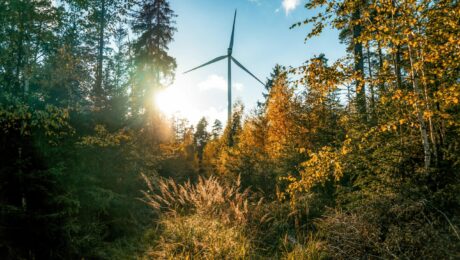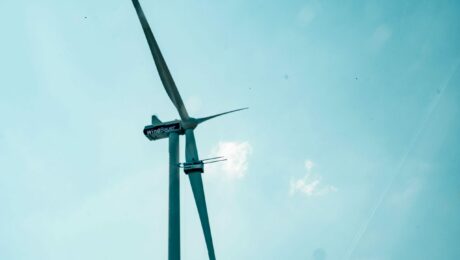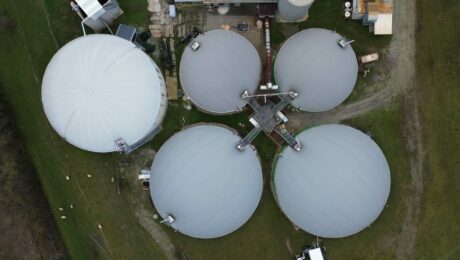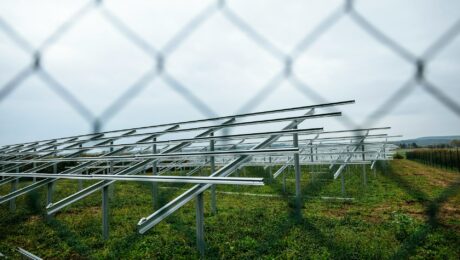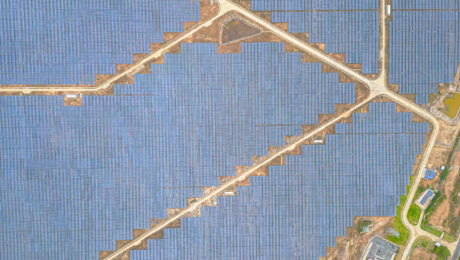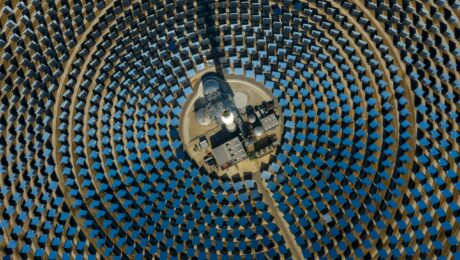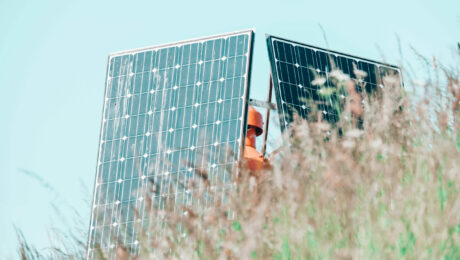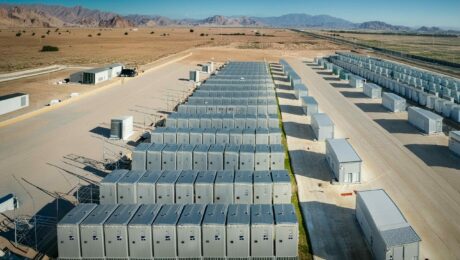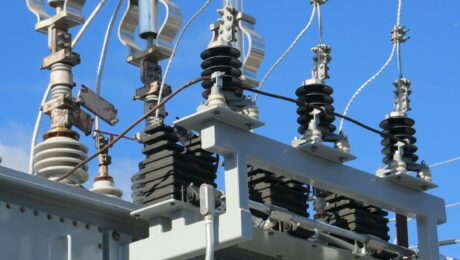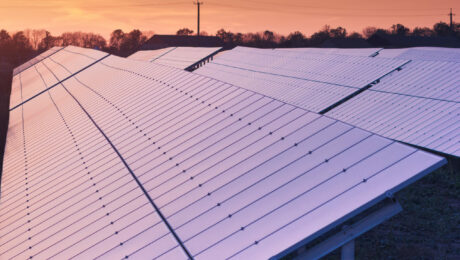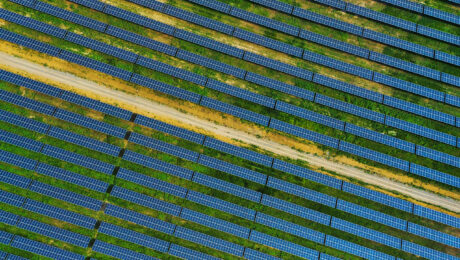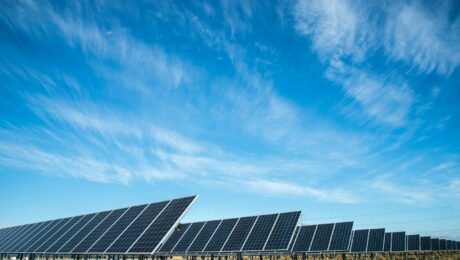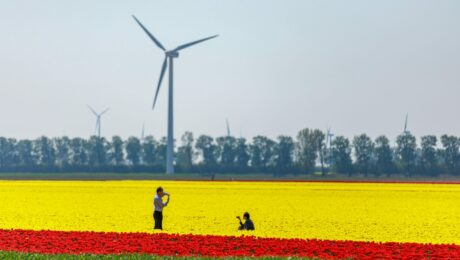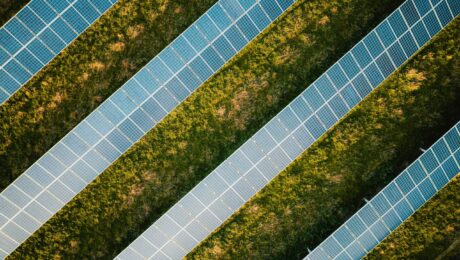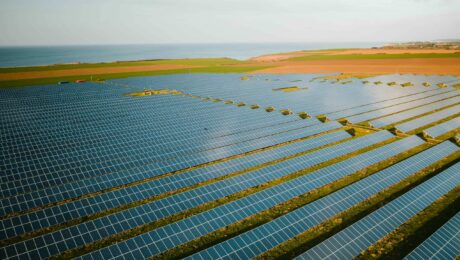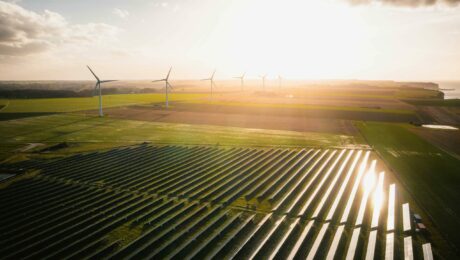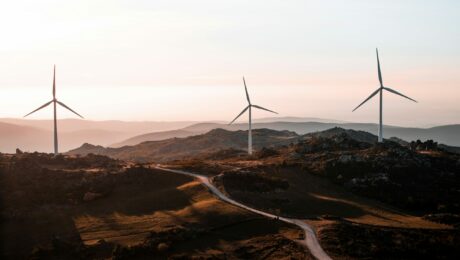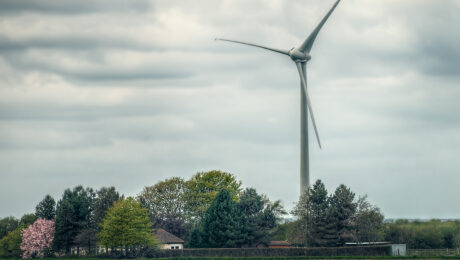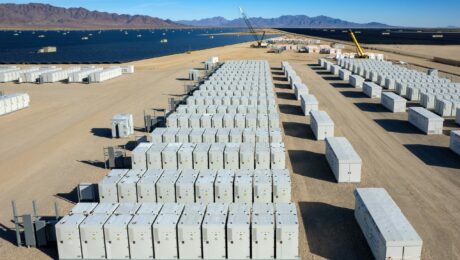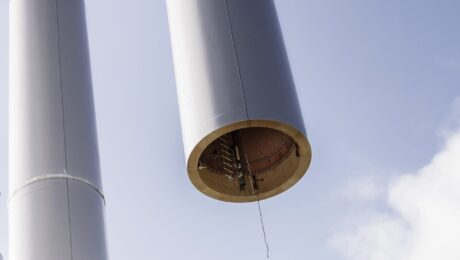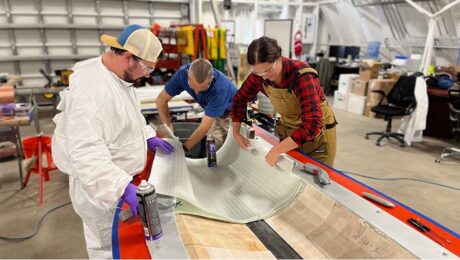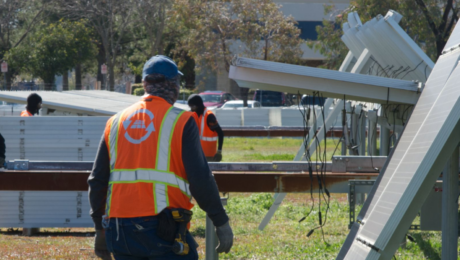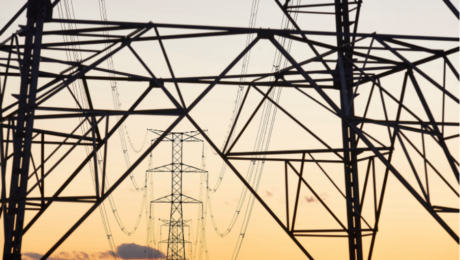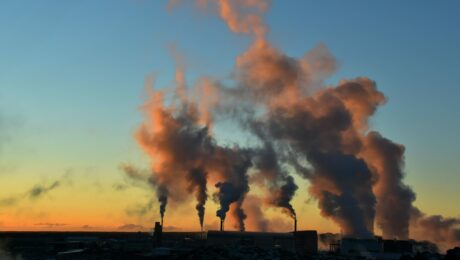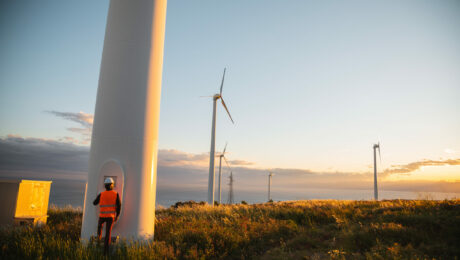Decoding Labour’s Renewable Energy Roadmap
Thursday, 10 October 2024
Decoding Labour’s Renewable Energy Roadmap The Labour government’s ambitious energy transition program, aiming for a zero-carbon electricity system by 2030, presents new opportunities for renewable energy developers in the UK but what opportunities? In this article, we tr getting closer to the answer by decoding Labour’s renewable energy roadmap. Table of Contents GB Energy to
- Published in Market Insights
Wind Farm Life Extension in the UK
Wednesday, 04 September 2024
Considerations for UK wind farm life extensions As the UK’s renewable energy sector matures, wind farm life extension is becoming an increasingly important consideration as more onshore wind farms near the end of their intended operational lives. This pivotal moment forces developers and asset owners to decide between decommissioning, repowering, or extending the life of
- Published in Project Finance & Development
Italy’s New FER 2 Decree in Brief
Tuesday, 20 August 2024
Italy’s New FER 2 Decree in Brief As BESS developers eagerly wait for the MACSE auction to hit, Italy has adopted the new FER 2 Decree in the meantime, meant to support renewable energy projects with high generation costs. The decree offers lucrative incentives, providing developers with an opportunity to contribute to a greener grid
- Published in Regulatory
Mistakes PV Developers Make—and How to Avoid Them
Friday, 16 August 2024
Mistakes PV Developers Make – and How to Avoid Them In the world of Solar PV projects, even experienced developers can make costly errors that derail progress and drain resources. Identifying and addressing these issues early on is crucial for success. In this article, we’ll examine the top mistakes PV developers make and provide strategies
- Published in Project Finance & Development
How to finance your solar project
Monday, 05 August 2024
How to finance your solar project Financing a solar project is a critical challenge for developers, especially for large-scale endeavors requiring substantial capital. Securing funding while minimizing risk is essential. This guide aims to assist both seasoned and novice developers by discussing the potential issues, and key considerations when choosing financing options. Table of Contents
- Published in Project Finance & Development
Considerations when building a solar farm
Monday, 05 August 2024
Considerations when building a solar farm Solar energy deployment keep beating projections, and 2024 is shaping up to be no different, but considerations when building a solar farm persist. In addition to developers actively seeking sites to deploy more PV, land owners are also proactively pushing for more deployment on their land in a move
- Published in Project Finance & Development
The grand guide to solar project development
Monday, 05 August 2024
The grand guide to solar project development With more investments going into PV than all other electricity generation technologies combined, the future continues to look bright for developers and investors involved in solar project development. This guide takes a look at the solar project development process, from the initial assessments and design phase to
- Published in Project Finance & Development
Italian solar investments risk moving
Friday, 26 July 2024
Italian solar investments risk moving Republished with permission from IlSole24OreNew regulations for photovoltaic plants risk pushing investors towards Northern Italy, creating a territorial imbalance. Recently approved regulations have tightened the rules for installing large-scale ground-mounted photovoltaic systems and agrivoltaic plants. The criteria that determines which areas of the country, particularly agricultural land, that can host
- Published in Market Insights, Regulatory
How solar parks can increase biodiversity
Thursday, 25 July 2024
How solar parks can increase biodiversity Solar parks often get stick for their impact on biodiversity – but recent research and fresh approaches are telling a different story and demonstrating that solar installations can actually enhance local ecosystems. Table of Contents Biodiversity and renewable energy 1000 times the natural rate. That’s how quickly species around
- Published in Project Finance & Development
Are solar parks impacting our food supply?
Friday, 19 July 2024
Are solar parks impacting our food supply? Not if you ask farmers. Frauenhofer ISE Are solar parks impacting our food supply? Crops need sun, but so do solar panels, but are solar parks impacting our food supply when installed on farmland? While farmers and researchers argue there is enough room for both agriculture and solar
- Published in Regulatory
Don’t let noise be a drain on BESS developments
Thursday, 11 July 2024
Don’t let BESS noise be a drain on developments The many benefits of battery energy storage systems (BESS) and the ability for them to be deployed in a relatively small footprint, means that we may soon be seeing them everywhere. That being the case, BESS facilities will get closer and closer to other things, the
- Published in Project Finance & Development
How battery energy storage systems work
Saturday, 29 June 2024
How battery energy storage systems work When people think of the battery industry, associations likely go towards electric vehicles, but the battery industry isn’t just propelled by EVs. Utility-scale battery energy storage (BESS) has also entered the race and is more important than ever before. So, this article will explore how battery energy storage systems
- Published in Technology
EU battery storage market trends in 2024
Friday, 14 June 2024
EU battery storage market trends in 2024 In the heart of Europe’s energy transition, battery energy storage systems (BESS) are becoming more and more critical to deploy to help reshape our power landscape. And future prospects for the technology are looking bright. In fact, BESS became the most invested-in energy technology in 2023, so it’s not
- Published in Market Insights
The grand guide to solar energy
Wednesday, 05 June 2024
The grand guide to solar energy Solar energy is quickly becoming a cornerstone in the battle against climate change, accounting for nearly three-quarters of the newly added renewable energy capacity in 2023. This article dives into the fundamentals of solar energy, its renewable nature, uses, and the numerous advantages it offers now and in the
- Published in Technology
Overview of the solar package 1
Friday, 24 May 2024
The Solar Package 1 is finally here. Being fully adopted now, what impact will the new Solar Package have on developers?
- Published in Regulatory
How permitting affects project success
Thursday, 23 May 2024
This post is the last part of our four-part series exploring how to value and diligence a solar development pipeline.
- Published in Project Finance & Development
The benefits of renewable energy
Friday, 17 May 2024
The benefits of renewable energy As severe weather events become more frequent and intense, the benefits of renewable energy become increasingly clear. Currently, the world economy invests around $1.8 trillion annually in clean energy and infrastructure, compared to roughly $1.1 billion in fossil-fuel infrastructure investments. But to achieve zero emissions by 2050, renewable energy investments has
- Published in Technology
How site control affects project success
Thursday, 09 May 2024
This post is part three of a four-part series exploring how to value and diligence a solar development pipeline.
- Published in Project Finance & Development
How interconnection affects project success
Tuesday, 30 April 2024
This post is part two of a four-part series exploring how to value and diligence a solar development pipeline.
- Published in Project Finance & Development
How to value a solar development pipeline
Tuesday, 23 April 2024
This post is part one of a four-part series exploring how to value and diligence a solar development pipeline.
- Published in Project Finance & Development
How to find the right investor
Thursday, 18 April 2024
How to find the right investor As corporations and governments race to meet ambitious sustainability targets, the demand for renewable projects is skyrocketing. The bad news? Finding the right investor and getting the necessary investments remains a significant hurdle for many developers. The good news is that by teaming up with the right specialists, the
- Published in Project Finance & Development
Overcoming NIMBY
Thursday, 18 April 2024
Overcoming NIMBY If you’re a developer, then you have likely encountered the difficult obstacle overcoming NIMBY. This phenomenon, while not new, continues to plague efforts worldwide to ramp up renewable energy installations in pursuit of decarbonization targets, as we have addressed in a different article, but as you will soon see, there is a way
- Published in Risk
How to get investors onboard your project
Wednesday, 17 April 2024
How to get investors onboard your project To increase your odds of getting the green light from investors when you need funding for you, we unveil how to get investors onboard your project by avoiding the most common pitfalls. Table of Contents Investors are flocking into renewable projects Renewable energy witnessed a substantial influx of
- Published in Project Finance & Development
How to boost insurers’ confidence in BESS
Monday, 11 March 2024
How to boost insurers’ confidence in BESS With BESS failures having increased ten-fold, here’s your guide to getting sceptical insurers onside and boost insurers’ confidence in BESS projects. Table of Contents More BESS means more failures Battery energy storage system (BESS) failures have increased ten-fold since 2016, with “issues pertaining to the quality and performance
- Published in Market Insights
Can wood unlock cheaper wind turbines?
Friday, 01 March 2024
Can wood unlock cheaper wind turbines? Modern wind turbines stand as key players in steering the world towards Net Zero by 2050. Yet, to meet this target, the challenge lies in adding approximately 33,000 wind turbines annually and quintupling current installation growth by decade’s end. The hurdle? Soaring steel and commodity prices hamper developers’ will
- Published in Technology
Sustainable turbine blades on the horizon?
Thursday, 25 January 2024
Sustainable turbine blades on the horizon? Addressing the recycling challenge associated with wind turbine blades, particularly in a cost-effective manner, has long been a concern for operators of renewable wind projects. While the decommissioning responsibilities typically fall on project owners, the focus has largely been on industrialized decommissioning, neglecting the crucial aspect of constructing high-performance
- Published in Technology
How to craft a solar panel decommissioning plan
Thursday, 25 January 2024
How to craft a solar panel decommissioning plan Solar panel decommissioning is at an inflection point. Shifts in commodity prices and secondary markets, coupled with rising costs and inflation are calling traditional assumptions about decommissioning into question. Between a massive oversupply of new panels, falling prices, and rising costs, solar decommissioning has become more expensive
- Published in Project Finance & Development
2024: The Year of The Energy Grid?
Tuesday, 16 January 2024
Pending further developments, TenneT very recently announced a loan agreement with the Dutch State for EUR 25 billion, which will safeguard the TSO operator’s investments in grid expansions in the Netherlands and Germany. Photo: ABB Photo 2024: The Year of The Energy Grid? As we enter further into 2024, developers still anticipate governments to take
- Published in Market Insights
What is renewable energy?
Monday, 15 January 2024
What is renewable energy? In a world seeking sustainable solutions to its energy needs, the rise of renewable energy sources stands as one of the largest hopes to help mend our planet. Unlike fossil fuels—coal, oil, and gas—which demand hundreds of millions of years to form and contribute to harmful greenhouse gas emissions when burned,
- Published in Technology
The “Not-In-My-Backyard” challenge
Thursday, 21 December 2023
The “Not-In-My-Backyard” challenge Denmark, long admired for its strides in renewable energy, has presented its new agreement to transform the country into a net energy exporter whilst trying to overcome the universal ‘Not-in-my-backyard’ attitude keeping many developers worldwide from breaking new ground. The deal, which comes in the wake of the newly amended European Renewable
- Published in Risk
- 1
- 2
